Kazutoshi Tsuda
18. project development (May 28, 2014)
Make a prototype using ready-made parts
I made a first prototype from commercially available ready-made
parts by bricolage methods, in order to verify the size of the
components. Firstly, I collected the components needed for the
prototype in the MUJI,
a Japanese retail store. MUJI is one of the company which has an
understanding for the fab lab movement and held an exhibition
related to open furniture design in 2012. You can download the
drawing sheets from this page (written in Japanese).In this bricolage, the components I collected are shown below.

10 items or less.
List (from left to right)
- Umbrella
- Bowl
- Colander
- Tundish (Funnel)
- Strainer
- Water purification pot
- Container
- Compression bag
- Gusset case
- Luggage cart
Then I stacked the modular components for water utilization on the luggage cart. The total weight is approximately 3 kg.
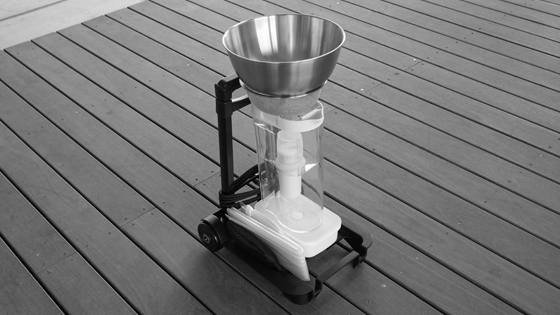
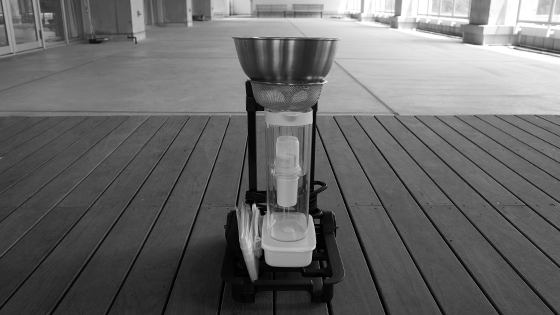
First prototype, without reversed umbrella.
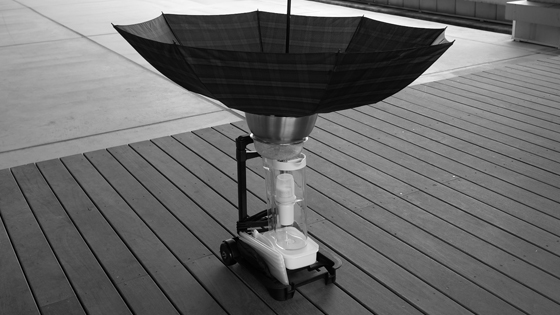
First prototype, with reversed umbrella.
Note: This prototype does not include the electronic device (e.g. water temperature meter), shoulder strap, and connecting hardware.
I verified the size and each function of these components, and then 3D modeled the second prototype.
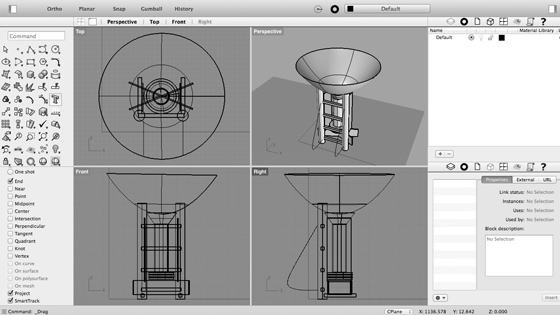
Screen capture of Rhinoceros. The process of 3D modeling.
I'm making the second prototype with local common resources using the way obtained by literature and field research on folk tools and crafts in Asian countries.
Research on folk tools and crafts
References in Minpaku, National Museum of Ethnology, Japan (Apr 26)
Ainu back carrier (left), Hokkaido, Japan.
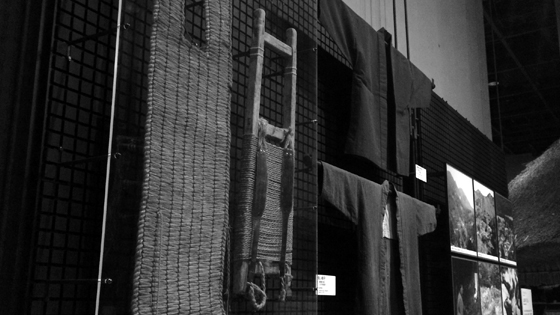
Back carrier (central), Sakae, Nagano, Japan. Made in 1975.
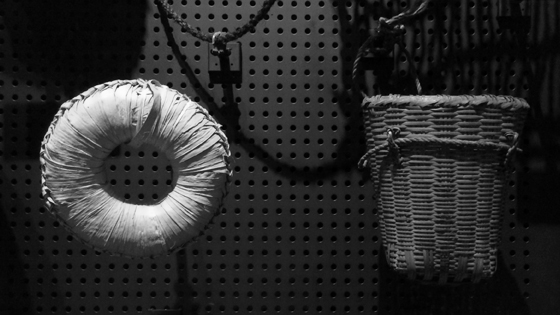
Pad for transporting on head (left) and basket for transporting on back (right), Okinawa, Japan.
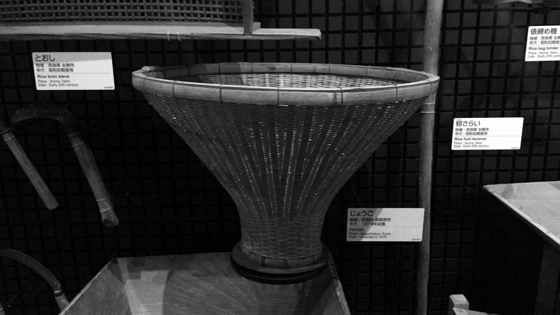
Funnel, Nagaokakyo, Kyoto, Japan.

Cylindrical bamboo fishing basket, from Thanland.

Cylindrical bamboo fishing basket, from Asian countries.
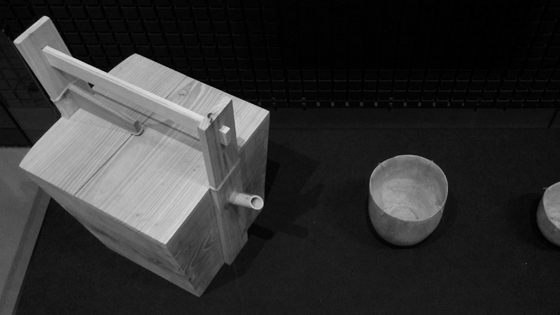
Sacred treasures, Miyakojima, Okinawa, Japan.

Wooden pot (central), Toei and Toyone, Aichi, Japan.
